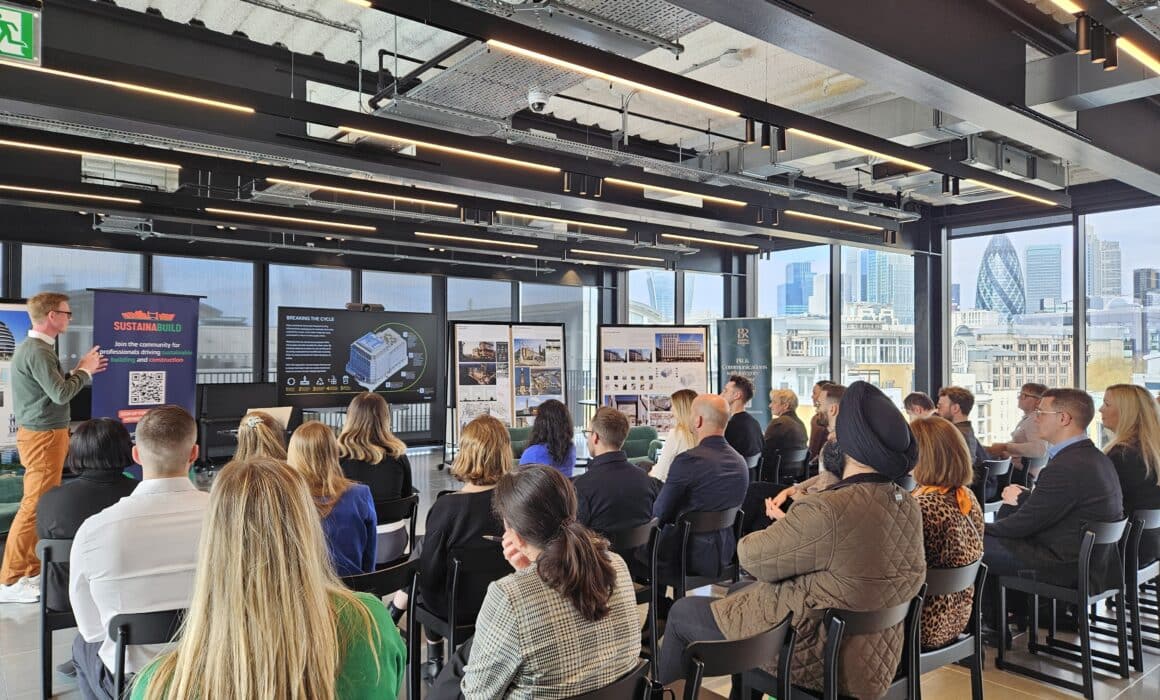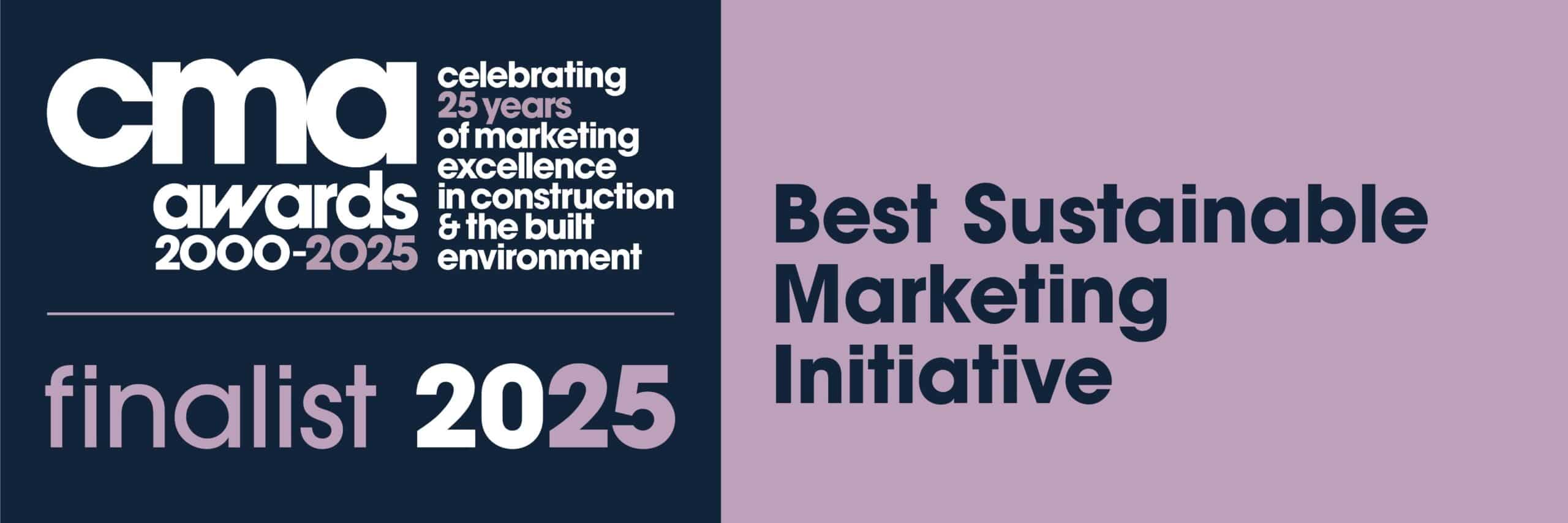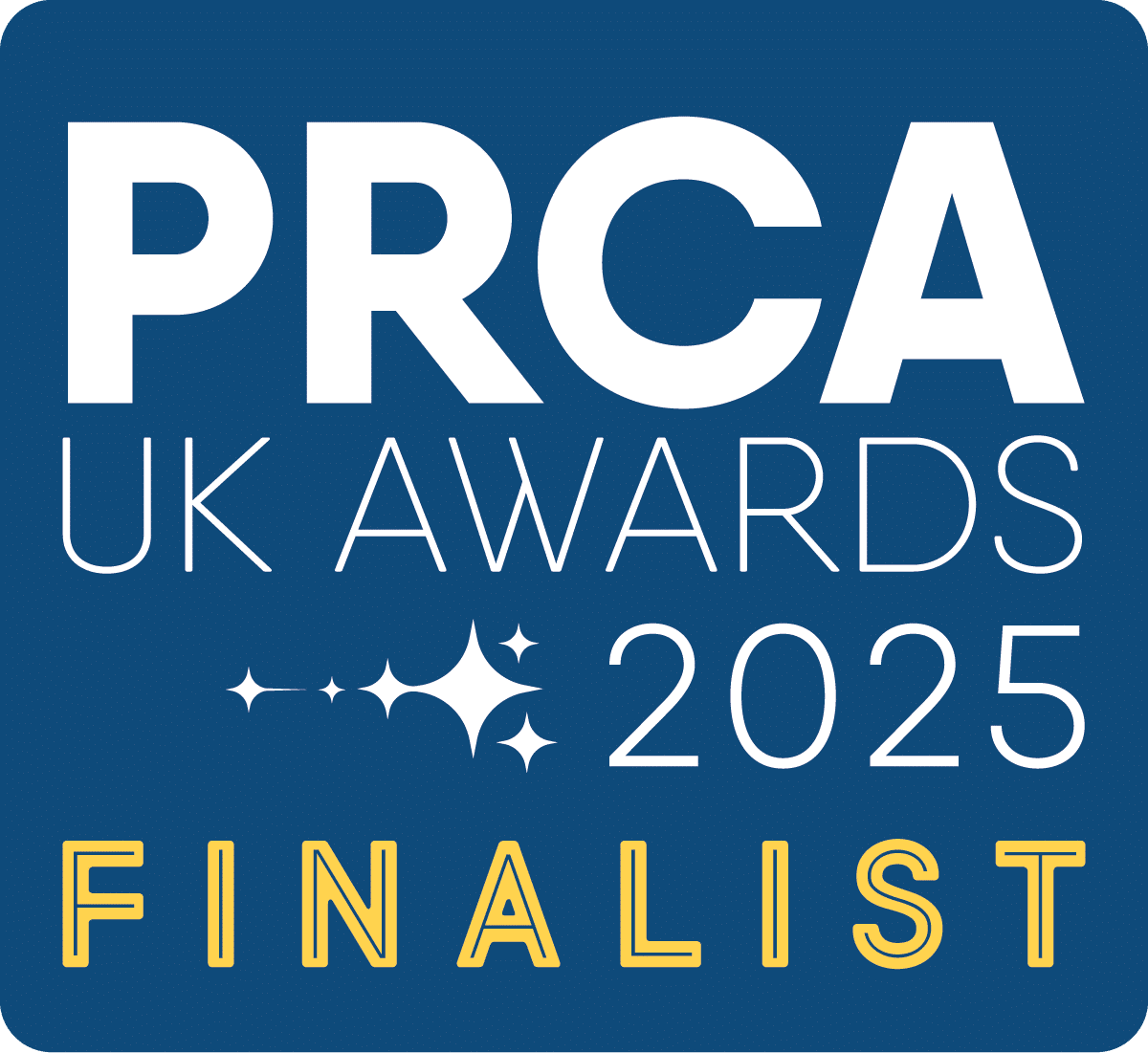Retrofit First: How Circular Design is Shaping the Future of Commercial Buildings.
The topic of retrofit was the focus of debate when Sustainabuild, a networking movement for professionals driving sustainability across the built environment and construction sector, came to London in April.
A group of like-minded professionals from across the industry came together to examine the shift away from demolition and rebuild in favour of retrofitting. Building Relations’ Account Director, Charlotte Radcliffe went along to join the debate:
As London City’s Square Mile is taking a retrofit-first approach and is challenging the property industry to think creatively and embrace existing buildings to shape something entirely new.
This shift was at the centre of conversation at Sustainabuild, where the panel explored how retrofit and reuse is reducing carbon and waste, while creating more interesting buildings. Rob McNicholl, Assistant Director at City of London Corporation emphasised the significance of a retrofit-first mindset.
With construction responsible for around two-thirds of the city’s waste, and 50% of global resource extraction linked to the industry, the environmental impact of demolition and rebuilds can no longer be ignored. Retrofitting offers not just environmental value, but also economic opportunity.
An estimated €1.8 trillion could be unlocked by 2030 through circular construction approaches. As a result, the City Plan 2040 is embedding retrofit-first into policy, marking a notable shift in how development is planned and assessed.
But it’s not just about policy, it’s also about process.
Success stories are emerging, like the transformation of 75 London Wall, where teams worked collaboratively to assess all reuse possibilities. Facades, structural elements, and materials were retained where possible, drastically reducing embodied carbon. Luke Askwith, Senior Associate at Gensler shared how constraints can spark creativity.
On a project with limited budget for recladding, the team explored the smallest interventions that could still transform the space. They kept structural elements exposed, introduced biodegradable materials, and repurposed interiors. At Gensler’s Korn Ferry project in Paris, a similar philosophy was applied. By retaining 77% of ceilings, 88% of furniture, and using flexible paint-based partitions, the project’s embodied carbon was cut in half. These projects are proof that the right design decisions, when made early, can breathe new life into buildings while reducing their environmental footprint.
A key theme echoed across the discussion was that reuse must be planned for from the outset.
Tools like material passports, pre-demolition audits, and material exchange platforms are vital to ensure transparency and traceability. These aren’t just technical mechanisms, they help us understand and tell the whole life carbon story of a building, giving context to the materials we choose to retain or reuse.
The case of 1 Triton Square, discussed by Lynette Qian, Senior Engineer and Sustainability Consultant at ARUP, stood out as a remarkable example. Originally a 1990s office building, it featured a double-skin façade that would typically be stripped away. Instead, each panel was carefully removed, deep cleaned at a nearby pop-up factory, and reinstalled, significantly improving performance without contributing to waste.
This approach doesn’t just conserve materials, it can also add character and history to a building.
Still, challenges persist. The reuse market can be unpredictable and project timelines are tight. Striking early deals with second-hand suppliers and building flexible design processes around available materials demands a new way of working. Importantly, clients play a major role. Asking tenderers about reuse targets and refurbished options and allowing time for this approach to be explored properly can shift the culture around what’s possible.
As Luke noted, we don’t yet do enough to celebrate the ‘sexiness’ of reuse. There’s a temptation to always look to the newest and shiniest options, but real creativity lies in working with what we already have. The panellists concluded that it’s time to bring the public sector fully into the conversation, so that policy and progress can be developed together and encouraged developers to embrace creative frugality.
Projects that are embracing bold reuse are not only showing how circular design is necessary, but desirable for occupants.
To find out more about the next Sustainabuild event, get in touch with its event PR partner, Building Relations at pr@building-relations.co.uk.



